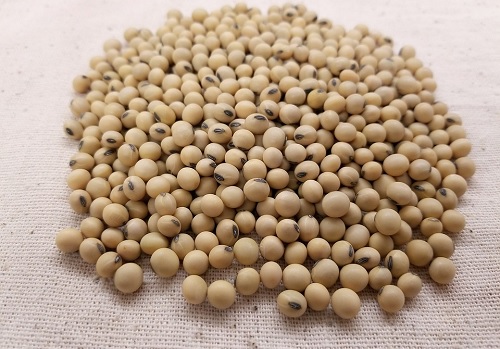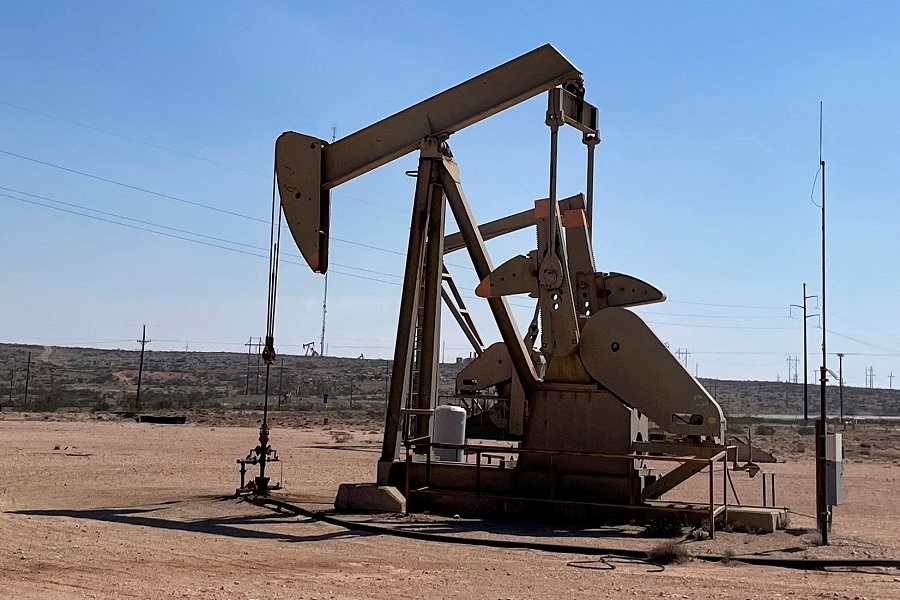Global Soybean Production Adjustments Impact Stock Projections by Amit Gupta, Kedia Advisory

The 2024/25 outlook for U.S. soybeans features increased beginning and ending stocks due to reduced domestic crush and unchanged prices. Global oilseed production is lowered, mainly due to decreased rapeseed production in Australia and the EU. Despite higher U.S. stocks, global soybean stocks are projected to decrease due to lower production and higher exports in Brazil and Paraguay.
U.S. Soybeans - Higher Beginning and Ending Stocks: The 2024/25 U.S. soybean outlook includes increased beginning and ending stocks, with the former rising due to a 10 million bushel reduction in crush for 2023/24. This reduction is attributed to lower domestic use of soybean meal, partially counterbalanced by increased exports.
Lower Domestic Use and Higher Exports for 2023/24: Soybean oil domestic use for 2023/24 is reduced but partially offset by higher exports. These adjustments contribute to the higher beginning stocks for 2024/25, highlighting shifts in domestic consumption and international demand dynamics.
Increased Supplies and Unchanged Use for 2024/25: With no changes in usage and increased supplies, U.S. soybean ending stocks for 2024/25 are projected to rise by 10 million bushels, reaching 455 million bushels. This reflects a balance between supply growth and stable demand.
Stable Soybean Prices: The forecasted price of soybeans remains steady at $11.20 per bushel, unchanged from the previous month. Similarly, soybean meal and oil prices remain consistent at $330 per short ton and 42 cents per pound, respectively, indicating price stability in these markets.
Global Oilseed Production: The global oilseed production forecast for 2024/25 is lowered by 1.3 million tons to 685.8 million tons. This decrease is primarily due to reduced rapeseed production in Australia and the European Union, driven by lower harvested area in Australia and decreased yield in France.
Lower Rapeseed Production in Australia and EU: Australia's rapeseed production outlook is downgraded due to a reduction in harvested area. In the European Union, rapeseed production is lowered owing to a reduced yield forecast for France, impacting overall global oilseed production.
Global Soybean Outlook: Lower Beginning and Ending Stocks: Despite higher beginning stocks for the U.S., the global soybean outlook for 2024/25 includes lower beginning and ending stocks. This is due to offsetting factors like reduced stocks in Brazil and Paraguay, reflecting regional production and export changes.
Brazil's Stock Reduction: Brazil's soybean stocks are lowered following a downward revision of its 2023/24 production estimate by 1.0 million tons to 153.0 million. This adjustment is based on further assessments of flooding impacts in Rio Grande do Sul by Brazil’s state agency, Emater.
Paraguay's Higher Exports and Lower Stocks: Paraguay’s beginning stocks for 2024/25 are lowered due to higher exports in the previous marketing year. This change underscores the country’s increased export activity, impacting its stock levels for the upcoming year.
Lower Global Soybean Ending Stocks: The projection for global soybean ending stocks in 2024/25 is reduced by 0.6 million tons, bringing the total to 127.9 million tons. This decrease reflects adjustments in beginning stocks and production estimates across major producing countries, illustrating the dynamic nature of global soybean supply and demand.
Conclusion
The U.S. soybean market is set for a year of stable prices and increased stocks, driven by shifts in domestic use and export dynamics. Globally, production adjustments, particularly in rapeseed and soybean outputs in major regions like Brazil, Australia, and the EU, highlight the complexities of the international agricultural market. These changes underscore the need for close monitoring of both local and global agricultural trends to anticipate their impacts on supply, demand, and pricing.
Above views are of the author and not of the website kindly read disclaimer










Tag News

Key highlights from the luxury real estate sector for 2025, along with insights into project...












